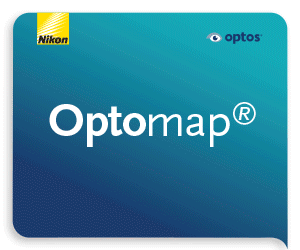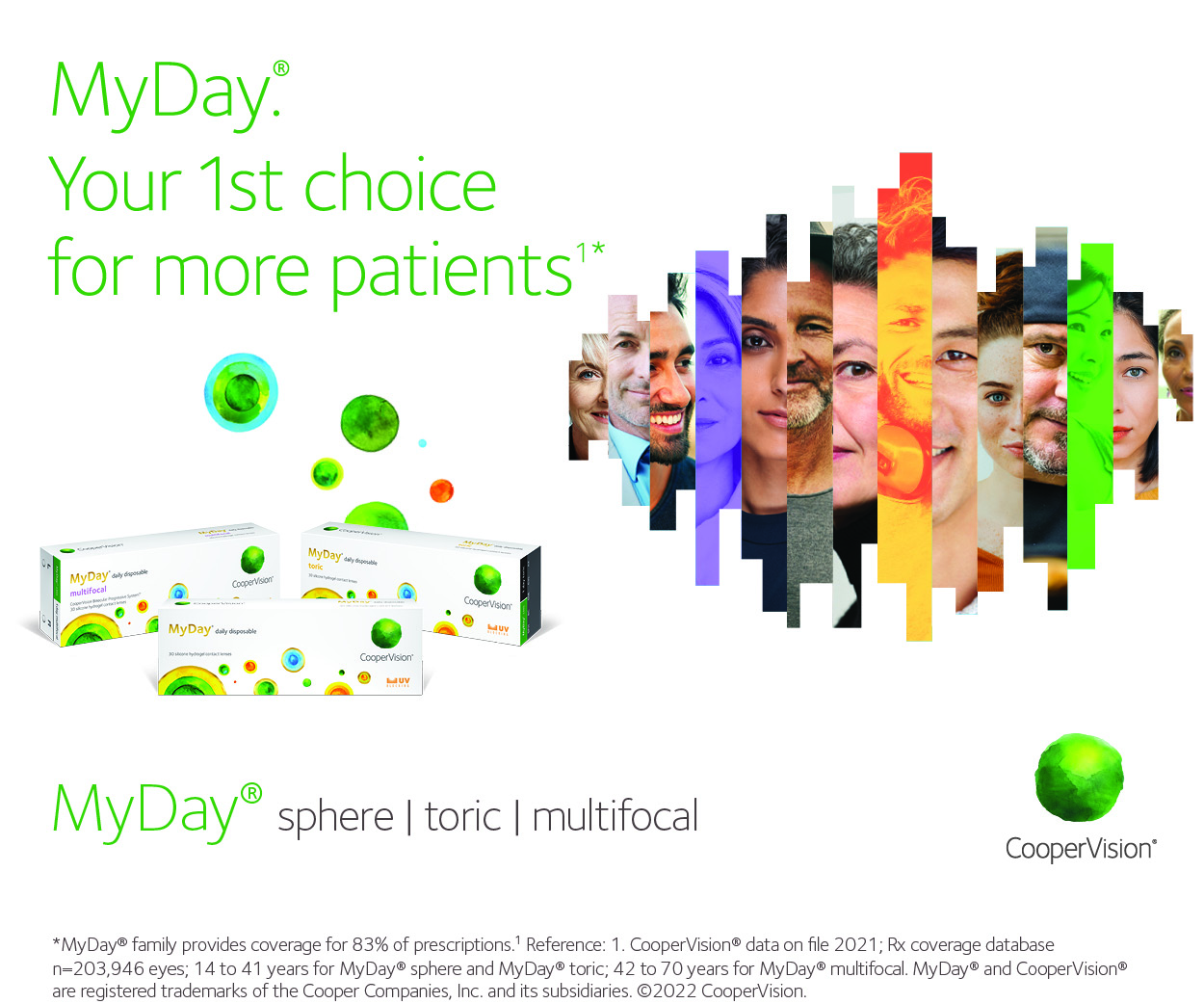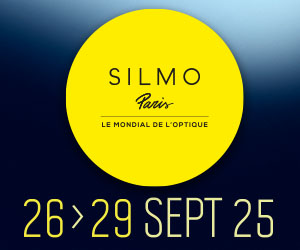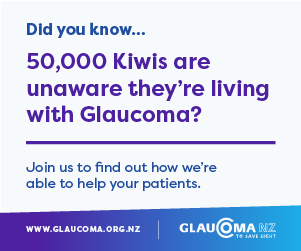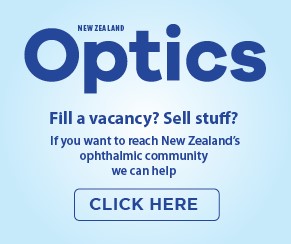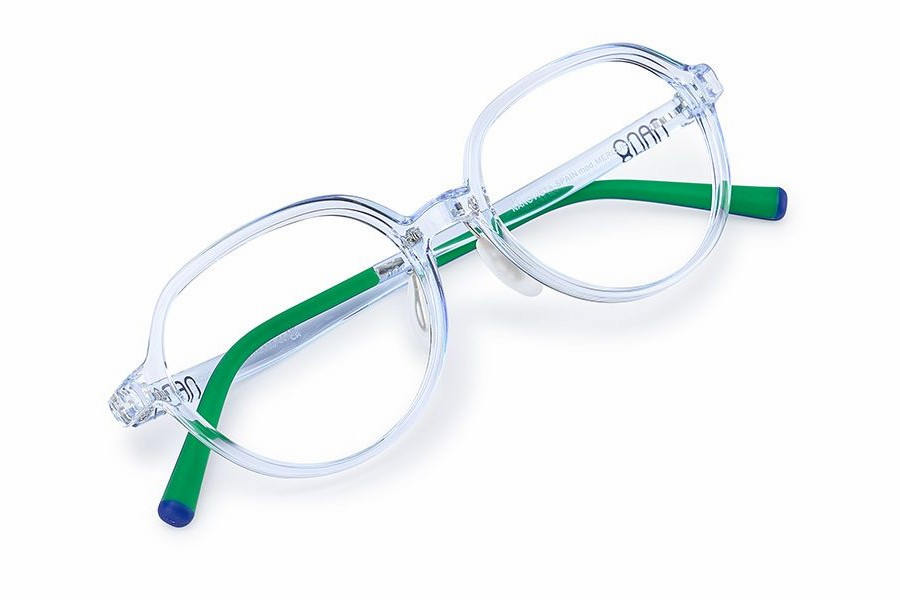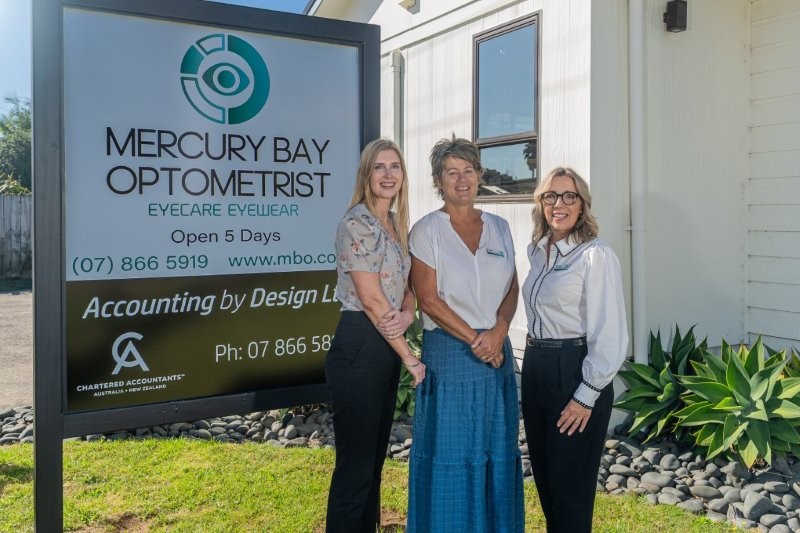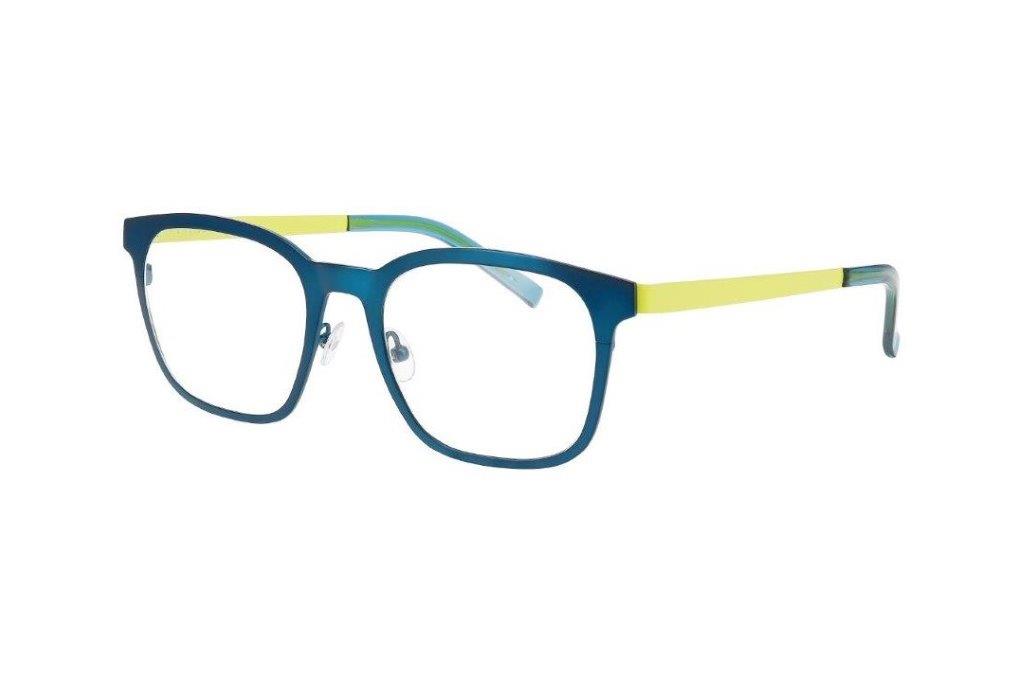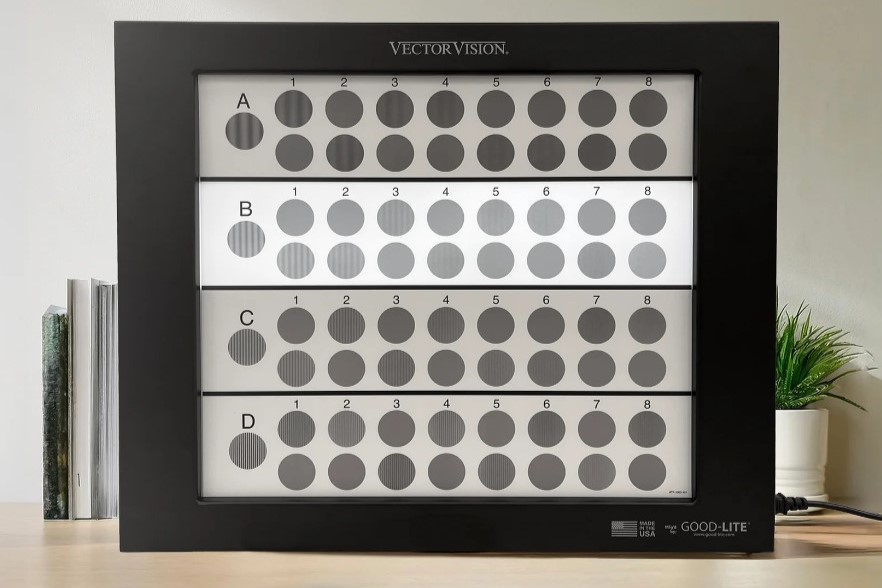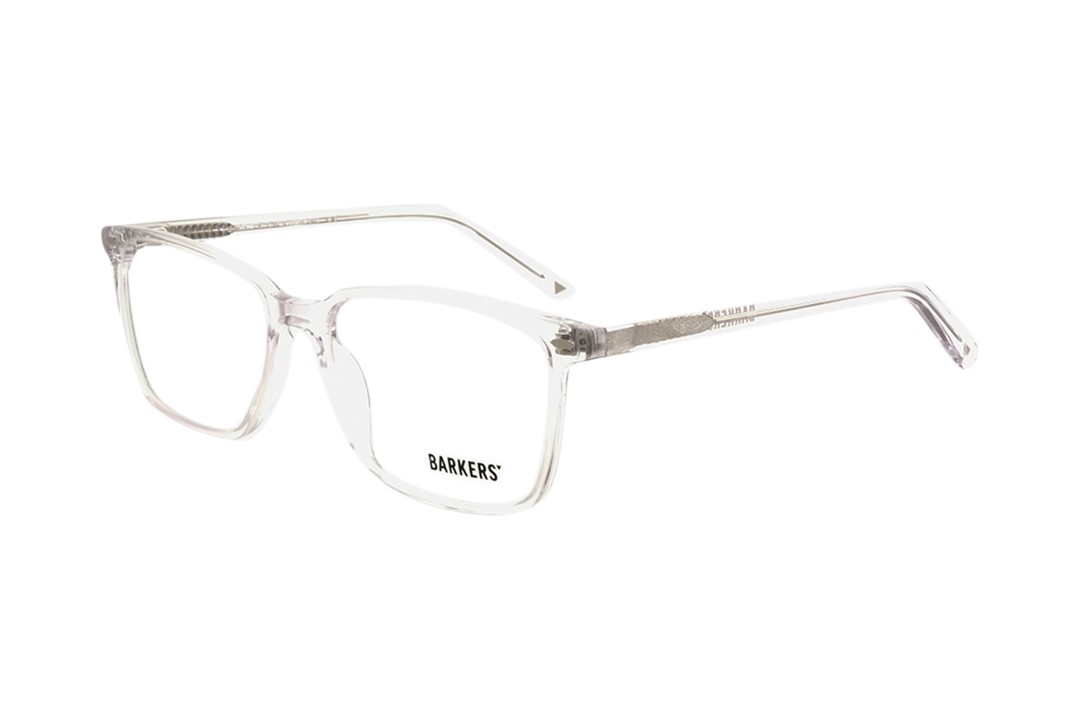IMI clarifies myopia terminology
Seeking to clarify foundational terminology used in clinical, research and regulatory settings, the International Myopia Institute (IMI) has released a new editorial, ‘Myopia Correction, Myopia Control and Myopia Management: Definitions and Recommended Usage’ as a precursor to its next White Paper series.
With increasing prevalence of myopia worldwide, consistency in terminology is critical, said IMI. “Confusion, whether between correction, control or management, can complicate communication among practitioners, researchers, regulators and patients. This editorial aims to resolve ambiguity by offering clear, distinct definitions for each key term.”
Key definitions from the editorial include:
-
Myopia Correction - refers to optical devices or interventions (eg. spectacles, contact lenses, refractive surgery) restoring best-corrected visual acuity, without any intended impact on slowing myopia progression
-
Myopia Control - is a more targeted approach involving interventions specifically designed to slow myopia progression and axial elongation, often including treatment efficacy monitoring and carrying specific regulatory significance in many countries
-
Myopia Management - represents a comprehensive, evidence-based care model, including risk assessment, timely correction, lifestyle recommendations, myopia control interventions and ongoing monitoring, to prevent or reduce progression and manage long-term complications throughout life.
“We consulted a broad range of stakeholders and carefully defined these terms to support clarity between conventional correction and active intervention. Myopia management requires clinically supervised plans that address each patient’s risk factors and long-term eye health,” said Professor Ian Flitcroft, lead author and IMI taskforce member. “Myopia correction techniques and control interventions are essential pieces of the overarching goal to manage myopia, which is a holistic, evidence-based approach incorporating lifestyle recommendations, risk assessments and lifelong care of emerging complications.”
To foster consistency and improve patient care globally, IMI is calling on eyecare professionals, researchers, educators, regulators and industry partners to adopt these definitions in their work, from clinical guidelines to product labelling.
The editorial is freely available from Investigative Ophthalmology & Visual Science and at myopiainstitute.org.




